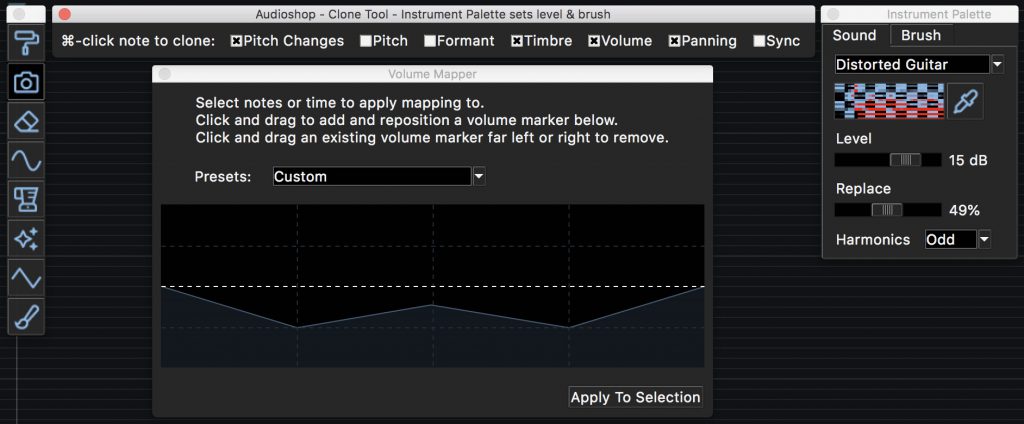It sounds like you’re frustrated by the lack of usage examples this complex application demands. You would not be wrong thinking that way. I had the advantage of being able to send questions to the development team. Otherwise, I doubt I would have achieved the results I did.
Admittedly, despite owning RX7, I haven’t used it as much as some. I rely on ReNovator, ReTouch, or Spectral Cleaning (MAGIX). The RX titles have matured rapidly since their introduction. But if you want to suggest Algorithmix or CEDAR can’t go toe-to-toe with iZotope, have at it. The rest of us will bring the popcorn.
Before the review went to print, I was mastering a piano piece marred by an irrepressible action noise. While some of the other titles softened, smeared, or attempted to repair the problem, none were convincing.
NONE.
The client’s options were to leave it alone, or remove the note entirely (the problem was hiding beneath a chord). Neither was acceptable. Re-tracking was out of the question. After hours of trial and error in SL P6, I challenged the team at Steinberg to remove the problem. It took a week, but they finally came back with an approach that worked. The client was pleased, which means I was pleased. I wouldn’t have been able to pull this off without inside help, which is the point of your post.
It’s only a matter of time before other companies appropriate some of the SpectraLayers features- layers, 3D, extensive display configurability, etc. But none would have helped my client make their release deadline. SpectraLayers Pro 6 did.
The public summary of the review is:
SpectraLayers Pro 6 is one of the most potent titles available.
If you’ve been engineering for any length of time, you should be able to discern what is said and not said in a review. For this community’s sake, I’ll hit you over the head with areas not expressly articulated:
Does SL P6 facilitate speed?
No
Does SL P6 have programmable hotkeys, or use navigation mappings universal among other titles?
No
Is SL P6 well documented?
No
Are there tutorials beyond basic marketing videos?
No. No. No.
Yet, was SL in better hands at Sony or Magix?
No, and bemoaning minor concerns would overshadow the present power and future capabilities of this title. That kind of review benefits no one.
The review version of SpectraLayers 7 is due imminently. Most analysts sent detailed lists regarding usage issues, functions, and usability. It will be interesting to see if those suggestions were integrated or ignored.
It’s a shame that software with this potential doesn’t have five times the development resources and market outreach. Welcome to the music industry in 2020. We’ll have to work with the resources available, post on this forum, and lobby Steinberg for more help.
In the meantime, all Tape Op reviews note the writer’s contact information in the text. You can write them directly.
![]()

